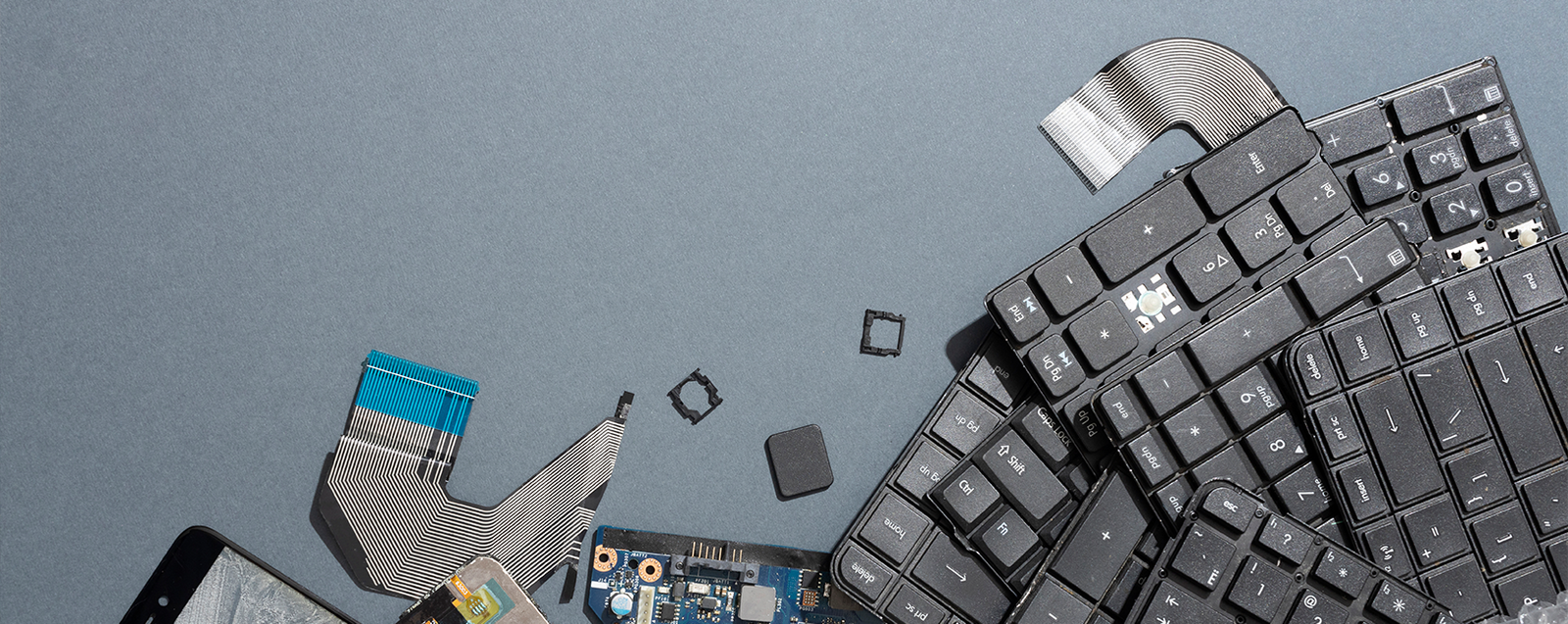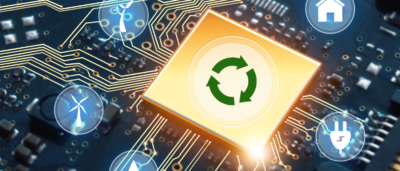We live in a world where technology evolves rapidly, and with it comes the inevitable accumulation of outdated or broken electronic devices. From old smartphones and laptops to worn-out kitchen appliances, these devices often end up cluttering our homes or, worse, contributing to the global e-waste crisis when improperly discarded.
E-waste, or electronic waste, includes any discarded electrical or electronic devices, many of which contain hazardous materials that can harm the environment if not properly recycled. Fortunately, recycling old electronics can be easy if you follow a few simple steps. In this guide, we’ll provide practical tips on how to recycle your electronics responsibly and efficiently, helping you reduce your environmental impact while making room for newer technology.
Why Should You Recycle Electronics?
Before diving into the steps, it’s important to understand why recycling electronics is so critical. Here are a few reasons why you should consider recycling your old devices:
Prevent Environmental Pollution
Electronics contain harmful substances like lead, mercury, and cadmium, which can leach into the soil and water, causing significant environmental pollution and health risks if disposed of improperly.
Conserve Natural Resources
Many electronic devices contain valuable materials such as gold, silver, and copper. Recycling helps recover these materials, reducing the need for mining and conserving natural resources.
Reduce E-Waste in Landfills
Electronic waste takes up valuable space in landfills and can take hundreds of years to decompose. By recycling, you help keep e-waste out of landfills.
Data Security
Proper recycling also ensures that your old devices are handled securely, preventing any potential data breaches from devices that still contain sensitive information.
Step 1: Backup and Erase Personal Data

Before recycling any electronic device, it’s crucial to ensure that all personal data has been erased. Old smartphones, laptops, tablets, and even printers can contain sensitive information, including emails, passwords, bank details, and personal photos.
Here’s how to secure your data before recycling:
- Backup Your Data: Use a cloud service (e.g., Google Drive, iCloud) or an external hard drive to back up important files, photos, and documents.
- Factory Reset: Perform a factory reset on your devices to erase all personal data. For smartphones and laptops, you can usually find this option under the Settings menu. On computers, be sure to wipe the hard drive or use specialized data-erasing software.
- Remove Storage Media: For devices that contain removable storage media like SD cards, SIM cards, or external hard drives, make sure to remove these before recycling.
By ensuring your data is wiped clean, you reduce the risk of personal information falling into the wrong hands.
Step 2: Assess Whether the Device Can Be Repaired or Donated
Before recycling, consider whether your device can be repaired or donated. Often, electronics can be refurbished or reused, which extends their lifespan and reduces the overall demand for new products.
- Repair: Check whether the device can be fixed with a simple repair. Many electronics, such as smartphones, laptops, and appliances, may just need new parts or a software update to function again. You can contact the manufacturer for repair services or visit a certified repair shop.
- Donate: If your device is still in working condition but you no longer need it, consider donating it to a local charity, school, or nonprofit organization. Many organizations accept used electronics, especially computers and phones, and repurpose them for educational or social programs.
By choosing to repair or donate, you not only reduce waste but also help others who may benefit from your device.
Step 3: Research Local E-Waste Recycling Programs

Once you’ve determined that the device is no longer usable or repairable, it’s time to research e-waste recycling programs in your area. Many cities and towns have local programs, drop-off centers, or special e-waste collection events where you can safely recycle your old electronics.
Here are a few options to consider:
- Municipal Recycling Centers: Many local governments provide dedicated e-waste drop-off centers or annual collection events. Check your city or county’s website for details on how to properly dispose of electronics in your area.
- Retail Take-Back Programs: Some retailers, such as Best Buy, Staples, and Apple, offer take-back programs where you can return your old devices for recycling. These programs often accept a wide range of electronics, from phones to large appliances.
- Manufacturer Recycling Programs: Many electronics manufacturers, including Dell, HP, and Samsung, offer recycling programs where consumers can send in old products. Some manufacturers even offer incentives, such as discounts on new devices, when you recycle your old electronics with them.
Researching these options will ensure that your e-waste is recycled responsibly through certified channels.
Step 4: Use Certified E-Waste Recyclers
When recycling your electronics, it’s essential to choose a certified e-waste recycler. Certified recyclers follow strict guidelines to ensure that electronic waste is handled in an environmentally responsible manner, and that harmful chemicals are safely removed and processed.
Look for recyclers certified by organizations like:
- R2 (Responsible Recycling): This certification ensures that recyclers follow high standards for environmental protection and worker safety.
- e-Stewards: This certification guarantees that the recycler does not export e-waste to developing countries, where improper recycling methods can cause severe environmental and health problems.
- ISO 14001: This standard focuses on environmental management and ensures that recyclers comply with environmental regulations.
Using certified recyclers gives you peace of mind that your electronics are being processed responsibly and that valuable materials are being recovered.

Before dropping off your electronics at a recycling center, make sure to prepare them properly. Here are a few things to keep in mind:
- Remove Batteries: If possible, remove batteries from your devices, as they may need to be recycled separately. Many batteries contain chemicals like lithium, which require special handling to avoid leaks or fires.
- Deconstruct Larger Appliances: If you’re recycling larger appliances like refrigerators, washing machines, or air conditioners, check with the recycling center about any specific requirements for deconstructing or safely transporting the appliance.
- Bundle Cords and Accessories: Bundle all related cords, chargers, and accessories together so they can be processed alongside the main device.
Many electronics manufacturers and retailers offer trade-in programs where you can exchange old devices for discounts on new purchases. These programs are particularly popular for smartphones, tablets, and laptops.
For example:
- Apple offers a trade-in program where you can exchange old iPhones, iPads, and Macs for credit toward a new device.
- Amazon allows you to trade in a variety of electronics, including gaming consoles and smart home devices, for an Amazon gift card.
These programs not only make it easier to recycle your old electronics but also reward you with savings on new purchases.

Finally, the most important step in responsible electronics recycling is avoiding landfills and unregulated e-waste dumping. When electronics are thrown away in regular trash, they often end up in landfills, where toxic substances can seep into the soil and water, causing long-term environmental damage.
Additionally, avoid giving your e-waste to unregulated recyclers that may engage in unsafe practices, such as shipping e-waste to developing countries where it’s improperly dismantled, often exposing workers and the environment to hazardous chemicals.
Always use certified recycling programs to ensure that your electronics are processed safely and responsibly.
Recycling your old electronics doesn’t have to be difficult. By following these simple steps, you can responsibly dispose of your outdated devices, ensuring that harmful substances don’t end up in landfills and valuable materials are recovered and reused. From backing up data and researching local recycling programs to using certified recyclers, every step you take helps reduce the environmental impact of e-waste.
At Advaya E-Waste Management, we are committed to promoting sustainable e-waste recycling through environmentally responsible practices. Contact us today to learn more




